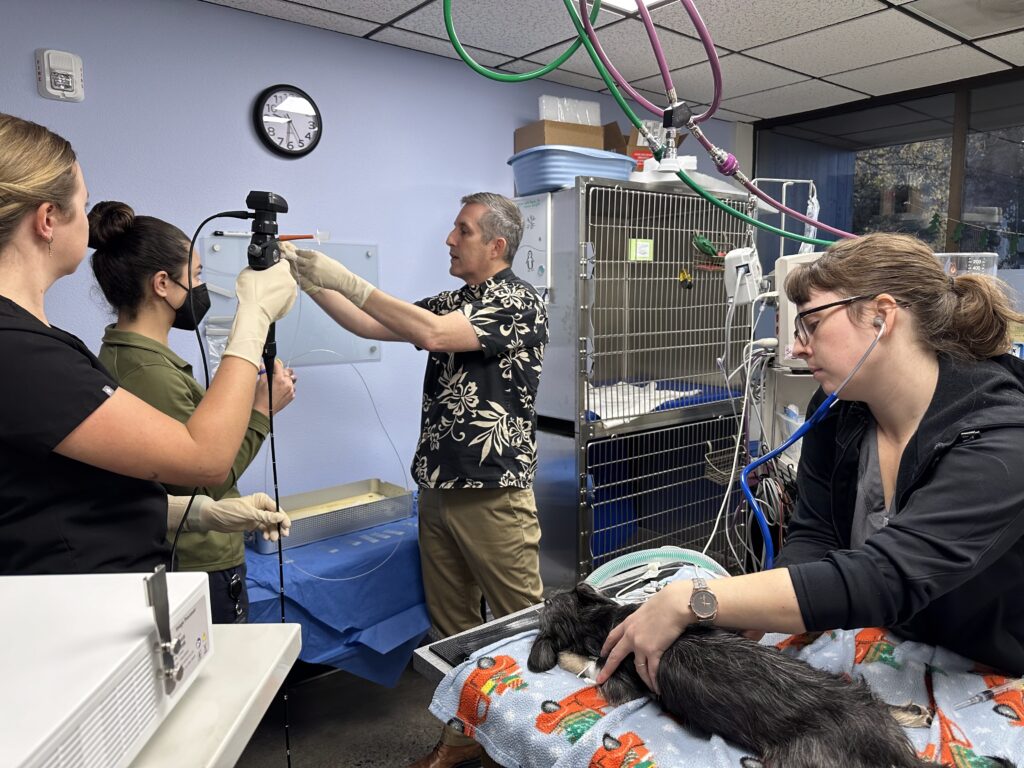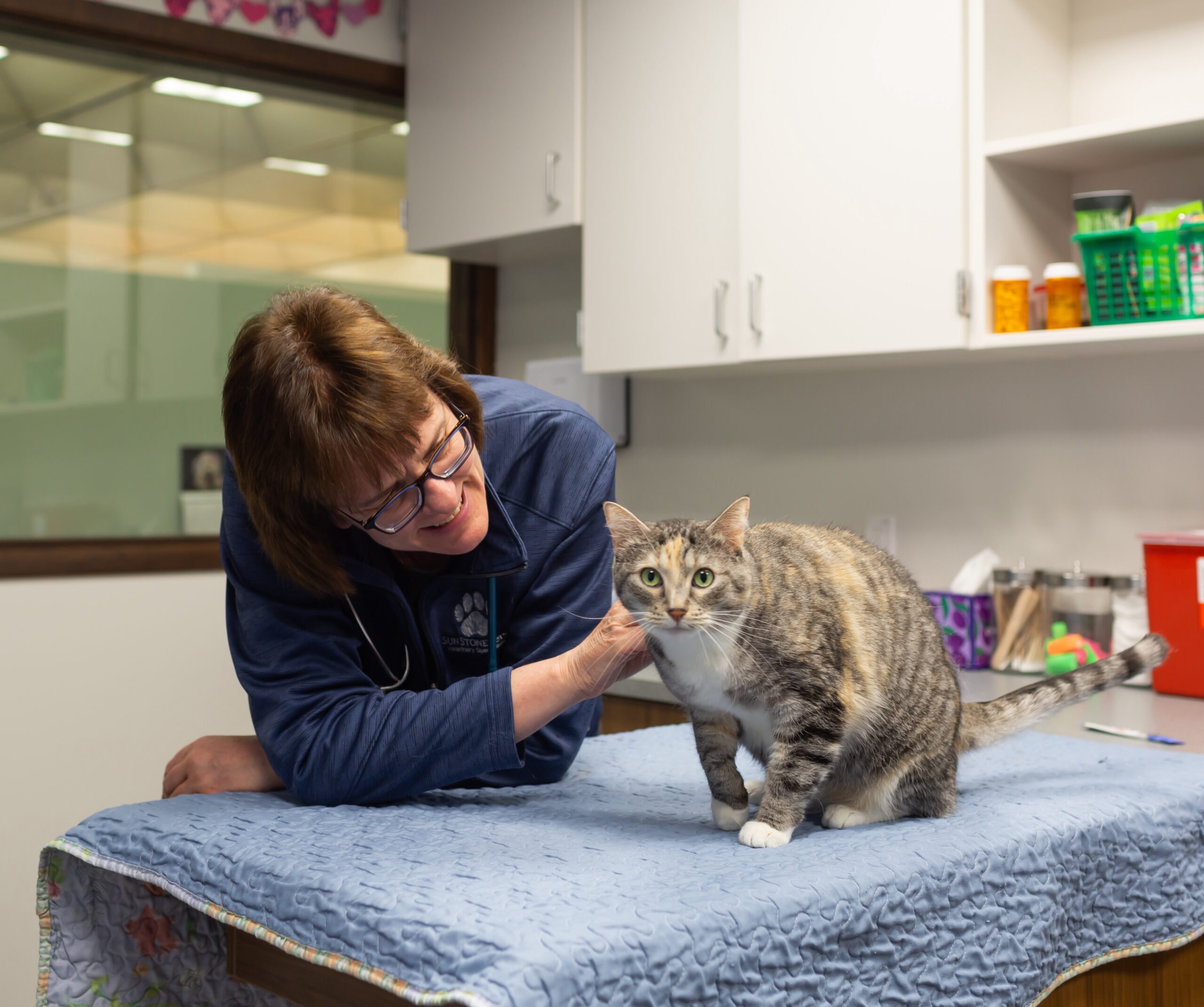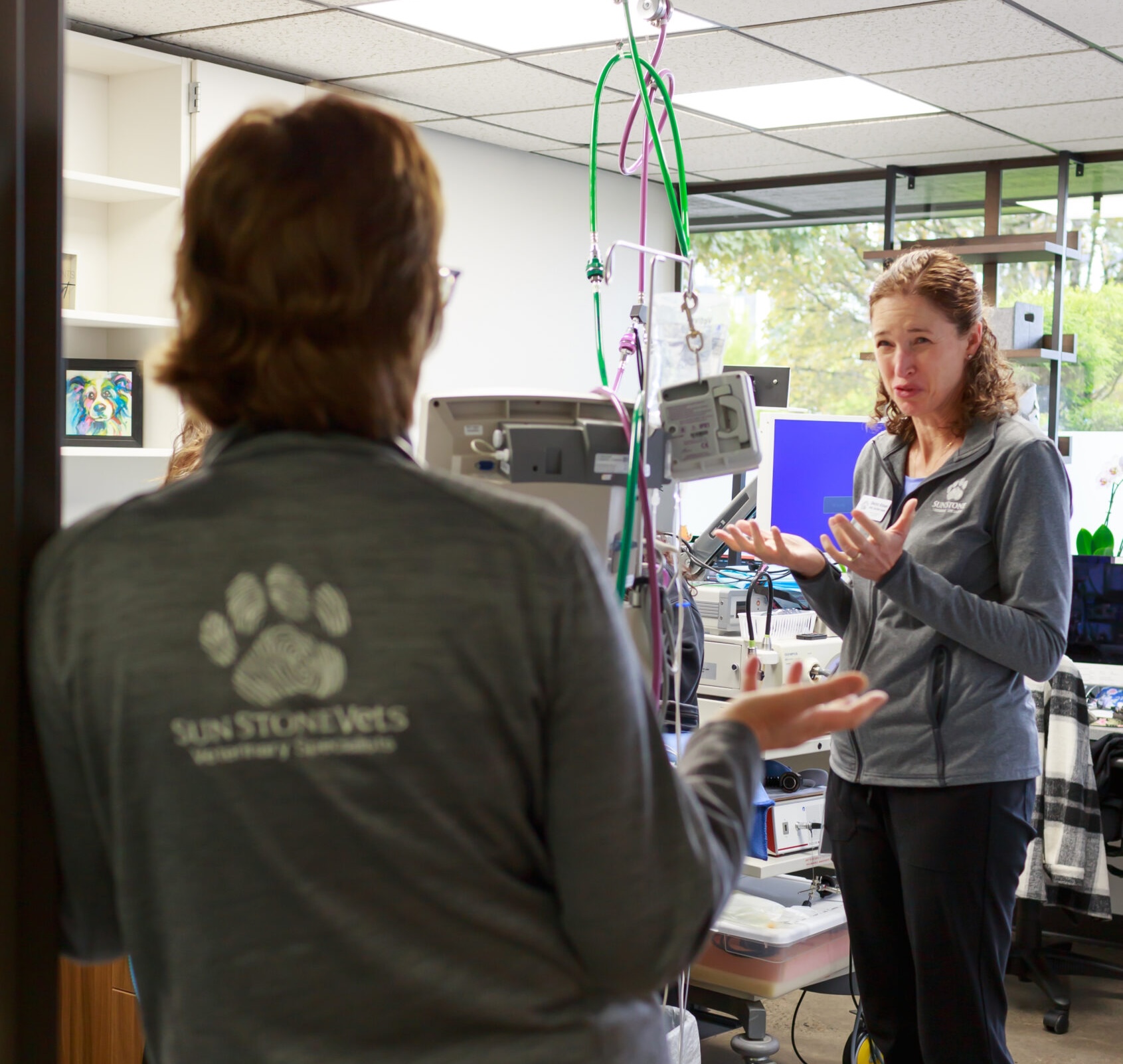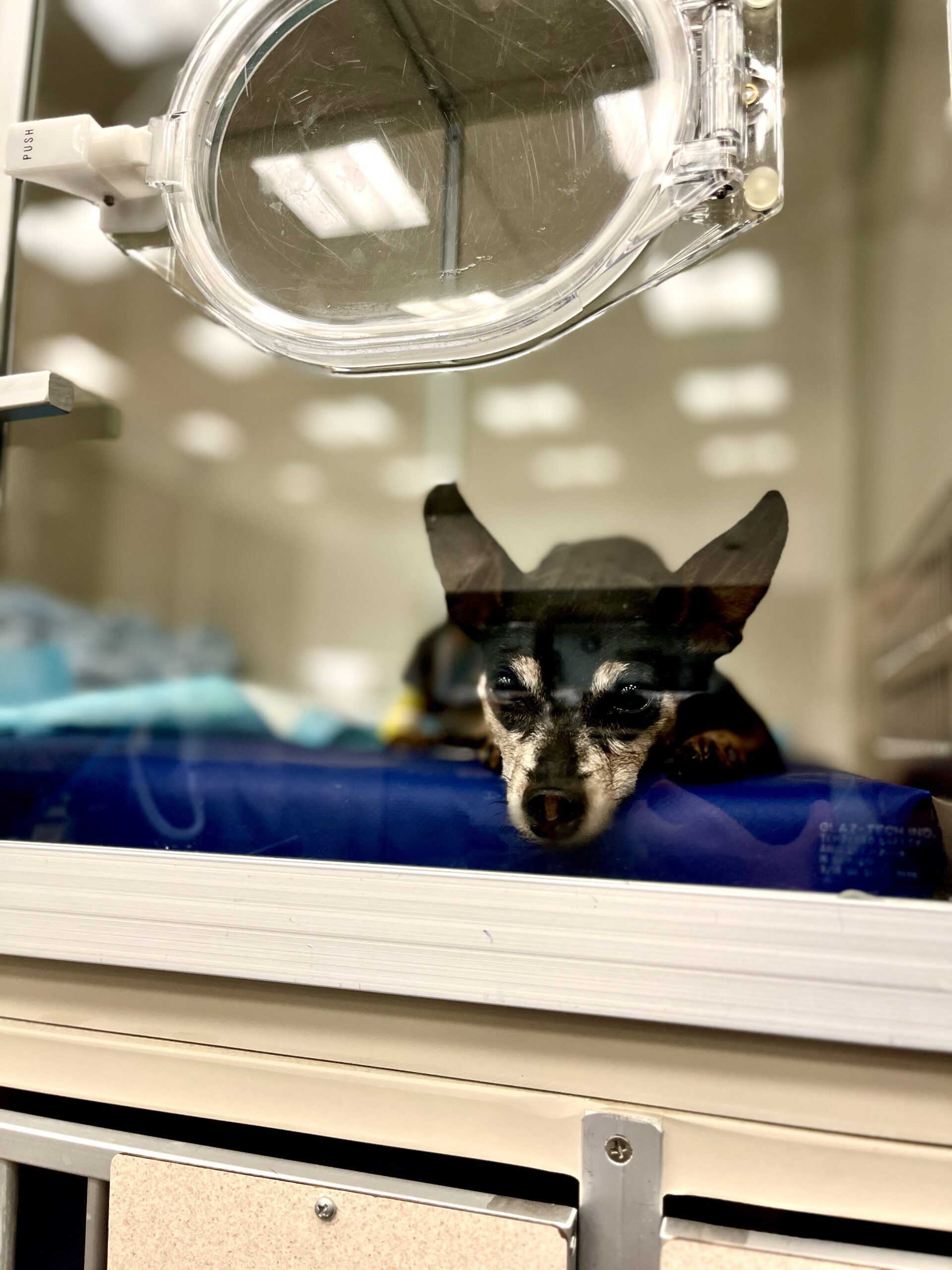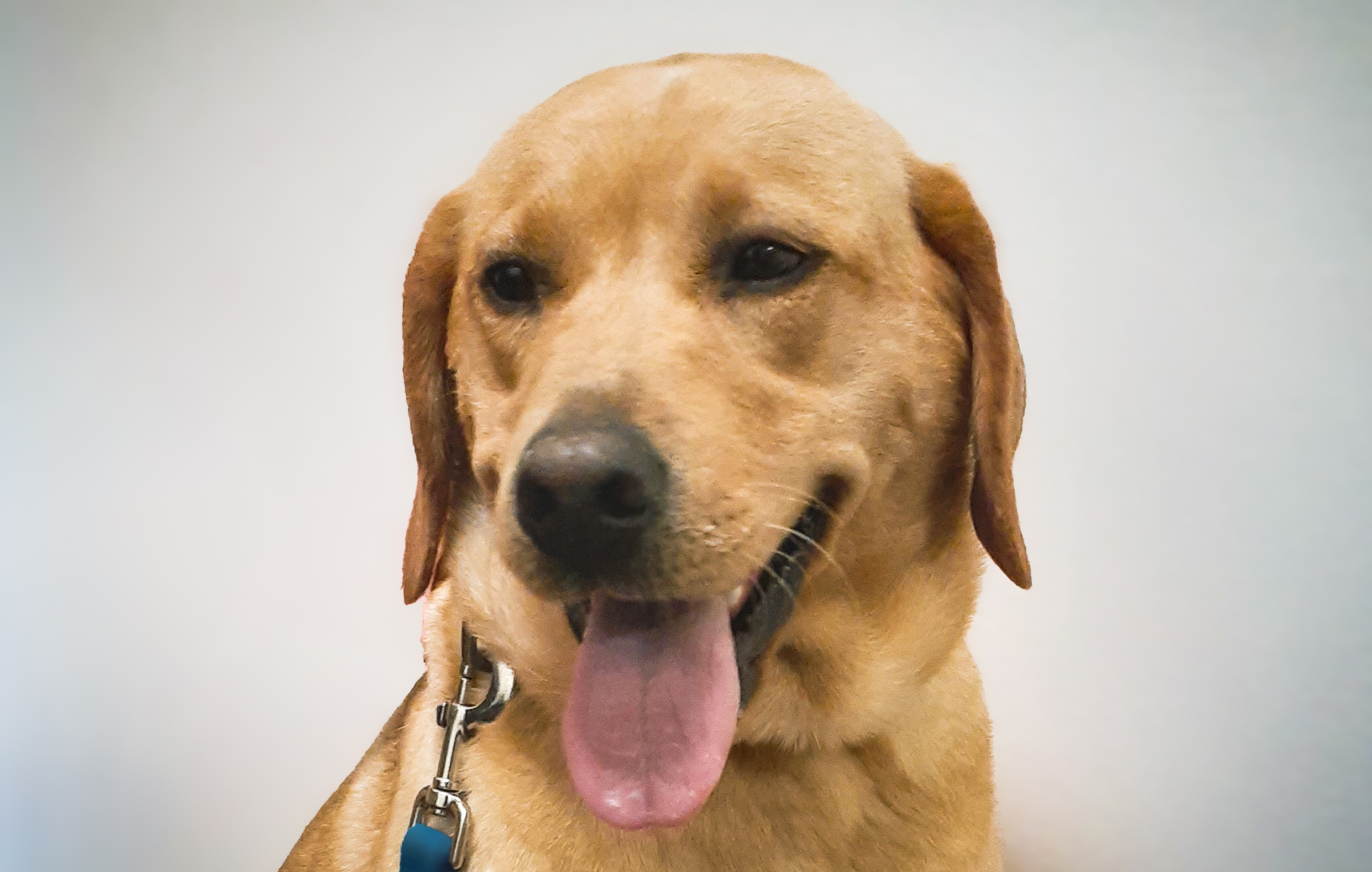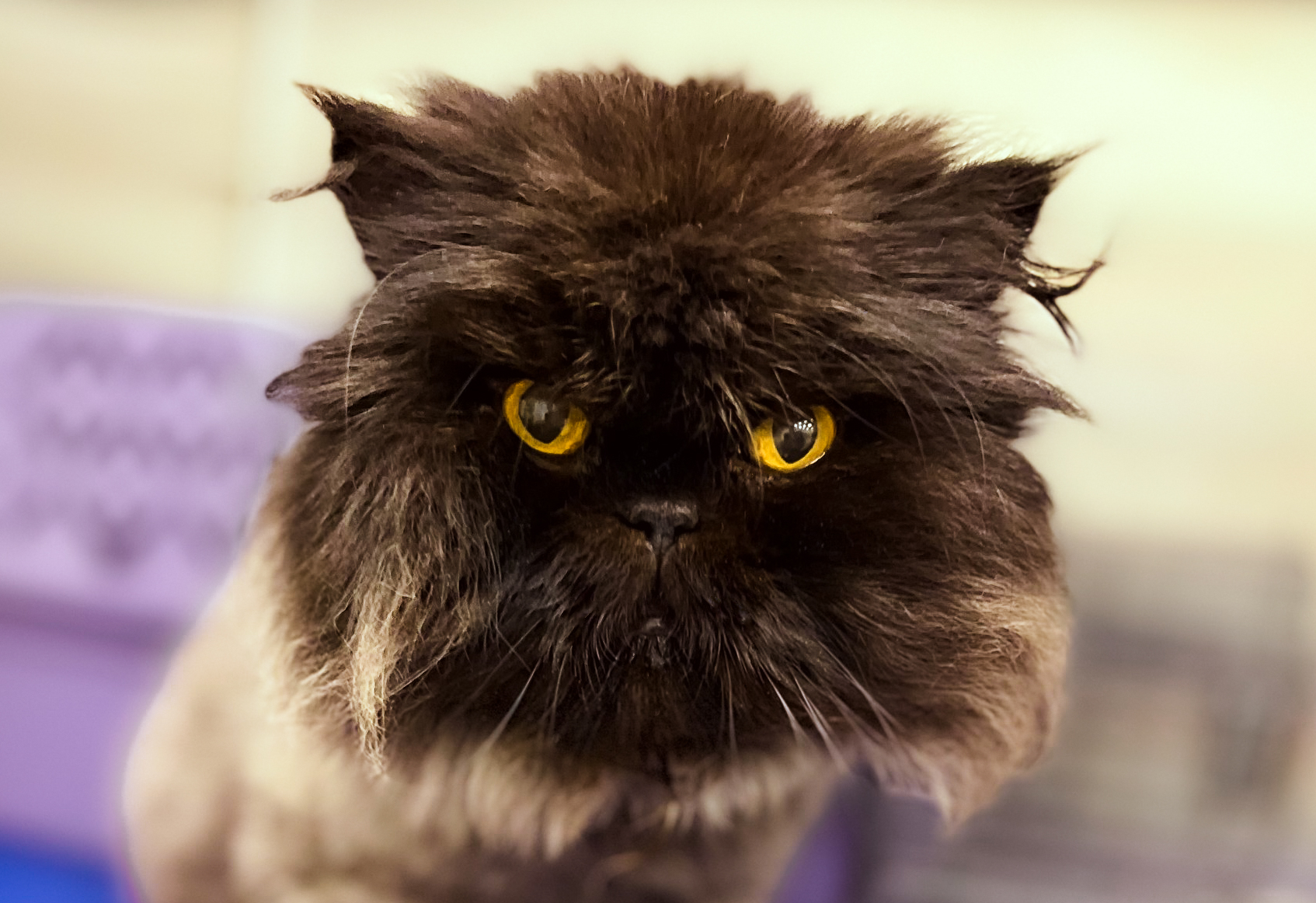Welcome to the next installment of the Sunstone Vets Blog! This week, we will be talking about one of our favorite, minimally invasive diagnostic tools…..endoscopy! Endoscopy is a catch all term for a variety of procedures that allow us to examine the inside of the body. The medical suffix “-scopy” simply means to use an instrument for examination or viewing. When combined with other terms, it describes the body area we are looking at. For example: Rhinoscopy (the study of the nasal cavity); Cystoscopy (study of the urinary bladder); Bronchoscopy (the airways); Gastroduodenoscopy (stomach and small intestine); Colonoscopy (large intestine)…. you get the idea! In this and the next blog, we will describe each endoscopic procedure that we offer here at Sunstone Vets and what you can expect for you and your furry friend.
General endoscopy information
One of the biggest benefits to all types of endoscopy, is that there are minimal to no incisions or surgical wounds for your pet to heal from. Cameras allow us to visualize and sample the area(s) of interest. We can even use endoscopy to remove items your pet may have ingested, or to try to fix things like an esophageal stricture (narrowing). Endoscopic procedures are also typically outpatient style procedures (meaning you will bring your pet in the morning and they will go home with you that evening, pending any complications). This means less time away from you!
All endoscopic procedures do require that your pet be put under general anesthesia. This is where we use a variety of drugs to induce unconsciousness and keep your pet pain free for a short period of time. We take many safety precautions (including making sure your pet is fasted) and your pet is always monitored by an experienced Certified Veterinary Technician. Prior to the procedure, your doctor will likely recommend that some pre-anesthetic testing be done. This may include x-rays, ultrasound, or blood and urine tests among other things. Now, on to the different types of endoscopy!
Gastrointestinal (GI) endoscopy
This is the most common type of endoscopy that we perform. Symptoms that may lead to this recommendation include: vomiting, diarrhea, weight loss, appetite changes, etc.
If the doctor suspects your pets issue involves the upper GI tract, they may recommend a gastroduodenoscopy. This involves sending a long flexible tube with a camera on the end through the mouth, down the esophagus, into the stomach and into the first part of the small intestine (duodenum). The doctor is actively looking at the tissues on a television screen and will often take biopsies of any areas of interest. The most common places we biopsy are the stomach and small intestine (duodenum). We use long flexible biopsy instruments and send them down through the endoscope to obtain these biopsies. This video from Colorado State University shows a scope entering the duodenum and collecting biopsies. This is the type of thing your pets doctor is looking at on the TV screen during endoscopy. Pretty cool!
Colonoscopy
The other common type of GI endoscopy we offer is colonoscopy. In this procedure, the camera goes up the other end…. We start at the rectum and continue through the large intestine, also watching on the screen and collecting samples as needed. (*Sending out biopsy samples (or things like culture swabs, etc.) to the lab is often a VITAL part of any endoscopic procedure. Your doctor gains valuable information and access to body areas by scoping, but their eyes are not microscopes. Many times for a definitive diagnosis, we need a pathologist in a lab to help. Sending out samples is time and money well spent!)
For colonoscopy, it is also important that the large intestine be as free of feces as possible. This procedure will always involve fasting and will involve enemas either beforehand or during the procedure itself.
Recovery
As far as recovery from either type of GI endoscopy, your pet will likely be groggy that evening and maybe for a day or two. We advise keeping a close eye on them and being careful with slippery floors, stairs and other pets. We may advise doing small meals that evening but typically food and water can go back to normal the next day. Your doctor will also discuss sending your pet home on medications to help with symptoms while we wait for biopsy results or treatments to kick in. If at any time you are worried about your pet, please give us a call, call your family veterinarian or have them seen at an emergency service. One of the benefits to endoscopy is that recovery is relatively quick and painless but all pets are individuals.
If biopsies were sent out, your doctor will touch base with you when the results have returned from the lab. We will make specific recommendations for your pet and institute a treatment plan if applicable.
Up next…..
Our next blog will address the other types of endoscopy we offer including rhinoscopy, cystoscopy and bronchoscopy among others. In the meantime, you can check out this page from the University of Florida with some interesting pictures and more information about endoscopy. We hope you learned a little something about the exciting world of GI endoscopy this week!
Until next time…..
Katie BS, AAS, CVT, VTS (SAIM) and the family here at Sunstone Vets.
